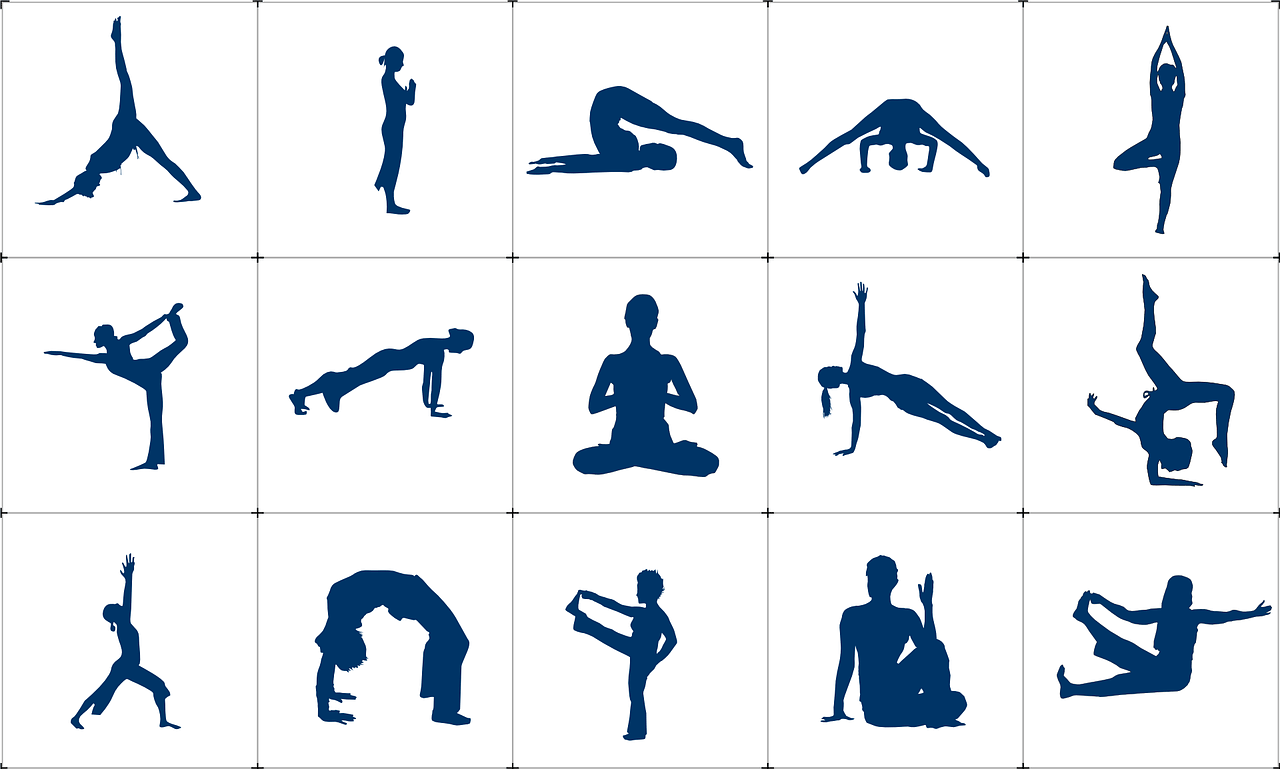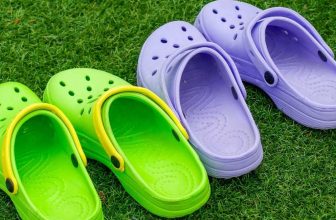Why do you need a Yoga chair? Will it improve flexibility and endurance?

Why do you need to do Yoga in a Yoga chair? There are more and more branches and extensions of Yoga nowadays. It is perfectly normal to try several disciplines before finding the one that suits you, especially since each brings unique benefits. Many have known doga or Yoga for dogs, brogan, Stand-Up paddle yoga, yoga therapy, prenatal and postnatal Yoga, but only a few know about chair yoga.
As the name suggests, the main accessory used in this discipline is the yoga chair. Indeed, whether it is a gym ball or a brick, yoga accessories are more and more famous in yoga studios. Knowing the appropriate one is not an issue; you only need to be familiar with everyone available and determine which one suits you. This article is mainly concerned with the yoga chair, an accessory that is both useful and practical. However, we will also be talking about chair yoga.
Why you should use Yoga Chair?
Yoga Chair is great for those who find balance difficult and/or have stability issues. It can improve flexibility for sure and endurance to a point it’s one of the gentler yoga forms. As with all forms of exercise, chair yoga should be done with supervision, particularly to begin, and mindfulness, always, so as to avoid injury and pain.
Will Yoga Chair give you flexibility?
Yoga Chair can improve one’s flexibility, perhaps one’s endurance. Yoga Chair participants all benefit from the mindful movement, from the conscious breathing, from the meditative aspects of the practice.
Why Chair yoga?
This discipline stems from the philosophy that Yoga should be accessible to everyone. There have been several cases of people wanting to practice Yoga but have been unable to do so due to one limitation or another. On the one hand, some people cannot sit on the floor with ease due to various reasons.
They are either old or have a disability. Many are suffering from backaches that hinder them from bending to make use of a mat.
Also, some people are stuck at the desk or in the classroom for several hours at a time. They don’t necessarily have the time and space to unroll a yoga mat. In this type of instance, yoga chairs have turned out to be the perfect match and solution.
It made it possible to simplify yoga practice so no one embarking on this discipline will be limited. The most vital thing in a yoga session is that everyone feels comfortable in their condition.
The characteristics of a good yoga chair
Choosing a yoga chair must be based on your convenience and requirement. Indeed, a good yoga chair guarantees better efficiency while practicing. The contributions and the benefits will be felt more intensely and from the first sessions. Practicing on a stable and perfectly designed yoga chair is essential for your safety.
Most yoga chairs are foldable for ease of storage and transport. It should be strong to support the weight of your body as you perform the various postures on it. The single bar yoga chair will allow you to perform asanas that require the head to pass below.
The chair with two bars, on the other hand, is more stable and allows an easier grip. Its backrest should enable you to walk through the chair. Rubber feet will be better to make it non-slip on the floor. But make sure the chair’s height is ideal. Sit on it to test it and ensure your feet are well-placed and flattened on the floor.
Using a Yoga Chair
Now, you know how to choose your yoga chair. It is time to move on to the part in which you realize yoga postures with this accessory. First of all, warm up a bit before your session. Remember not to use force when you experience sharp pain when performing a chair pose.
As a rule, the first and easiest exercises are to relax your neck, release tension from the shoulders, stretch your back and spine. You can also perform twisting on your chair. Begin with the starting position called the “self-expanding position.” Sit on the chair’s edge or in the middle and take a posture that enlarges your frame. Do this while both your back and neck are aligned vertically.
Ensure your head is high while your shoulders come down. Here are some postures you can perform.
Halasana or plough pose
Lay flat with your back on the yoga mat. Relax and extend your arms at your sides, hands flat on the floor. Straighten your legs and keep them together. Now, position your legs straight up, then lift your pelvis off the floor, pushing up with your arms and hands.
Support your hips with your hands and bend your elbows for support. It balances your weight on your elbows and shoulders. Lower your feet back from your head as if they are about to touch the ground. Rest your feet on a chair behind your head to support your back without hollowing out your chest, and place your hands flat on the floor behind you.
Sitting twist:
At the start of the self-expanding posture, sit on the edge of the chair. Cross your left leg over the right, keep your thighs together. Hold the bottom of the chair at the back with your left hand and settle the other one on your left knee. Take a deep breath and stretch your back upwards. Hold your breath for a few seconds, and then release. Do these actions on the opposite side too.
There is a Large panoply of asanas always available to you. You can have the half-Uttanasana, the half-dog upside down, the warrior-2, the posture of the stretched angle, the sun salutations, etc. You only have to select the one you want to perform.
One healthy practice you can do at home or your studio is meditation and chair breathing work. Mudras are also practices to be performed to restore energy and facilitate reconnection with oneself. You can also use your voice while practicing chair yoga.
Regular sessions of chair yoga help fight against a sedentary lifestyle, gently strengthen your muscles, improve your flexibility and relaxation. To ensure safety while practicing, do not hesitate to use other accessories like a yoga mat, strap, and blanket.
You can check for the best Yoga chair.
Related blogs
- Most important facts about Pincha Mayurasana with 8 Tips and Tricks
- Why Aerial Hammock is very popular?What are 5 best Aerial Hammock?
- What is the best Yoga music for relaxation and meditation?
- The Best Yoga Swings and Poses for Beginners In 2021
- 5 Best Yoga center in USA to learn Meditation Center & Yoga Ashram
- Top 5 Yoga Trapeze Recommendations and where to buy?
- 10 Tips To Help Your Daily Yoga Practice
- The Best Yoga Toes In 2021
- 5 Most popular Yoga Balls in 2021
- 7 Yoga Shorts Which The Best And Comfortable For Women’s In 2021









